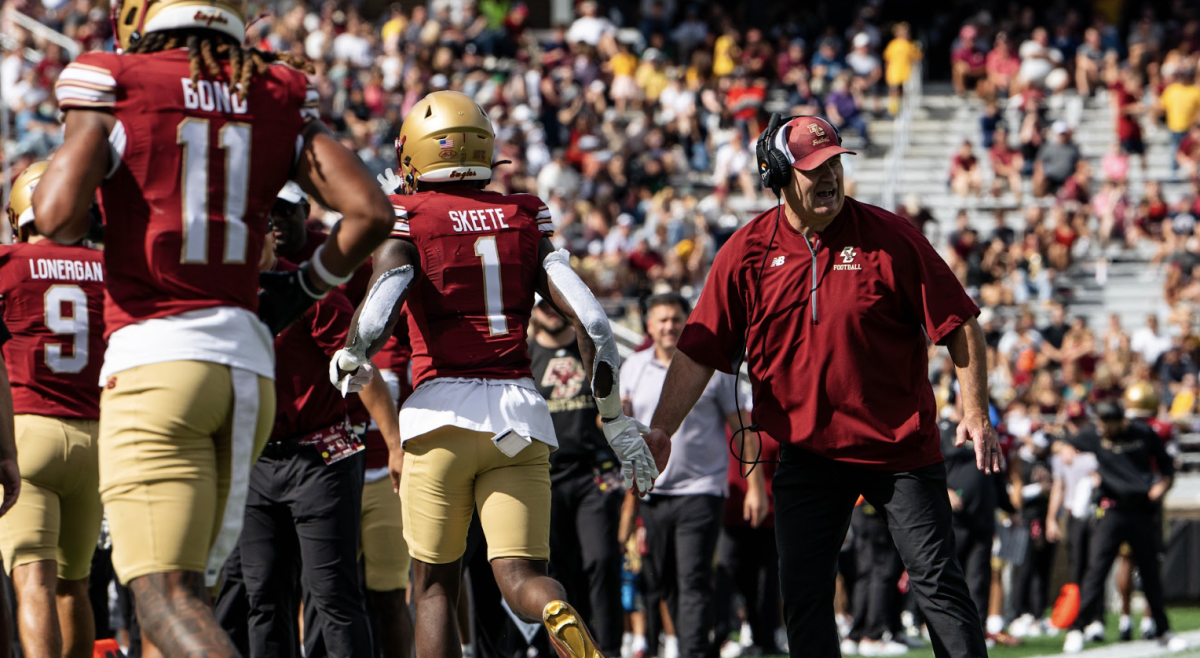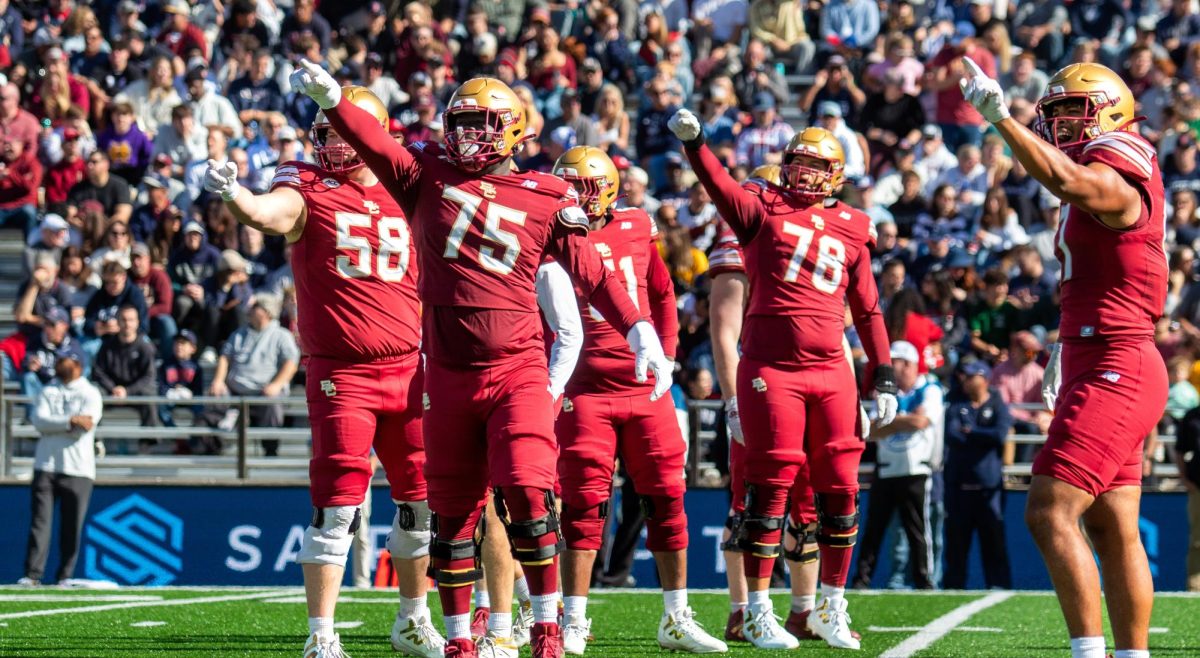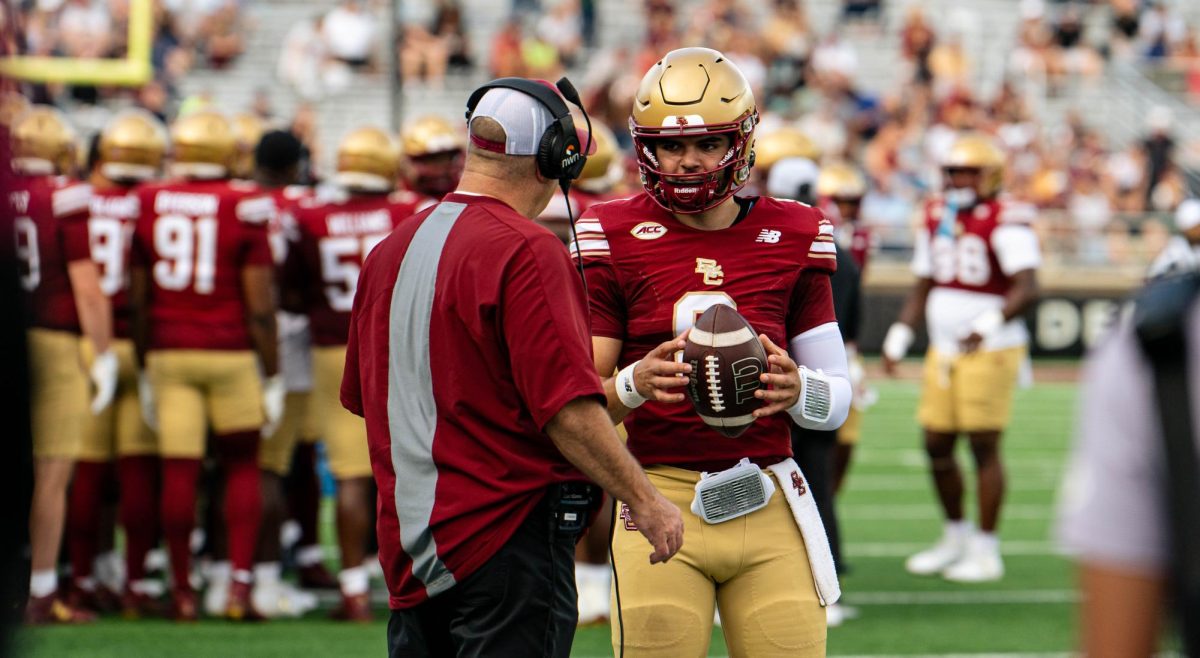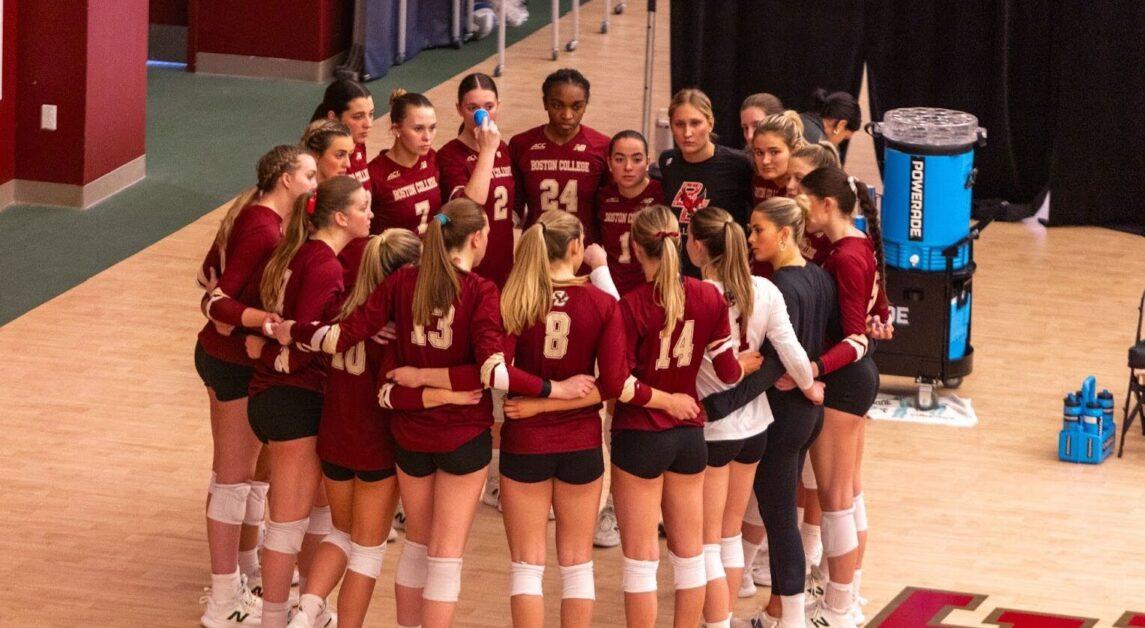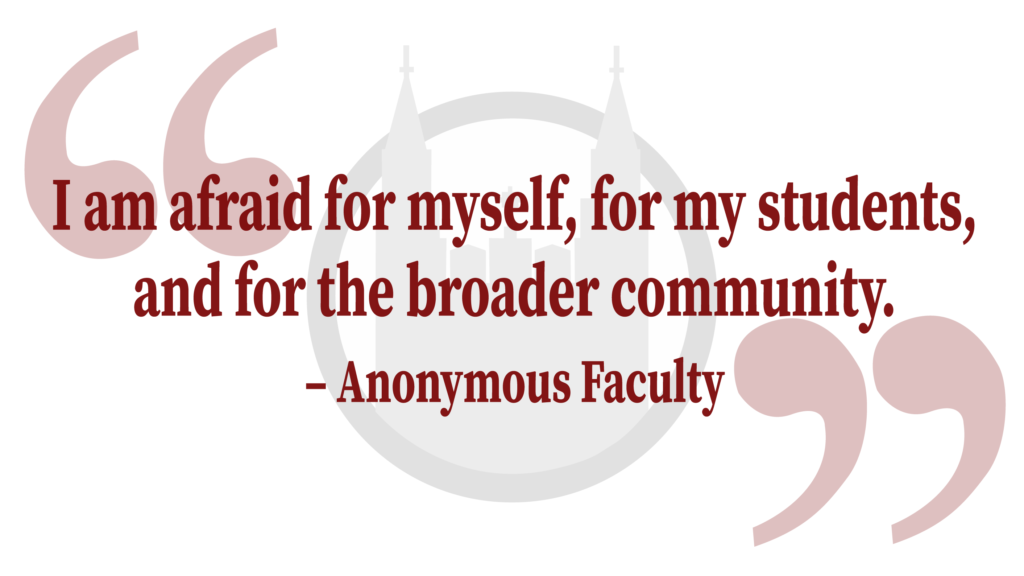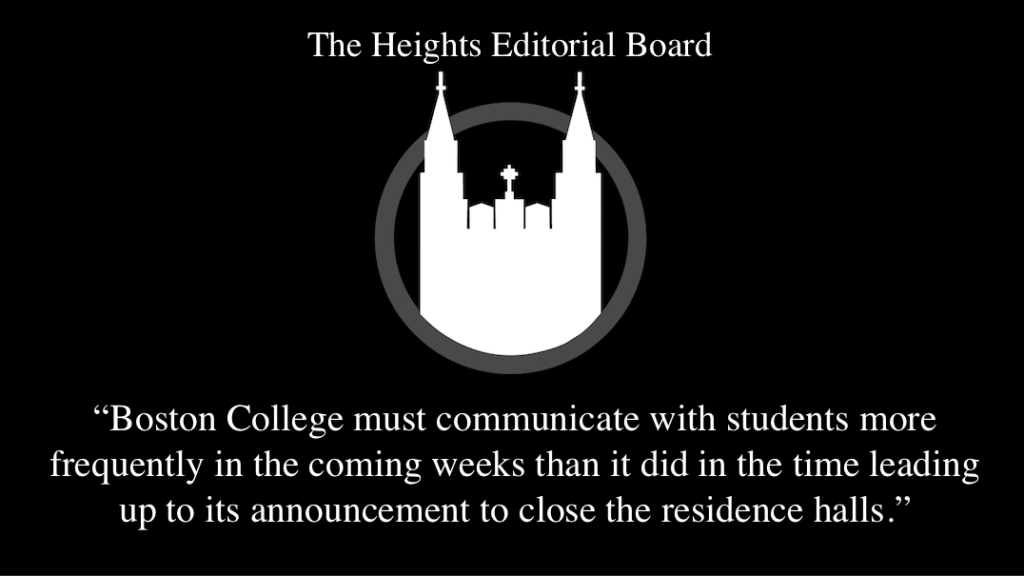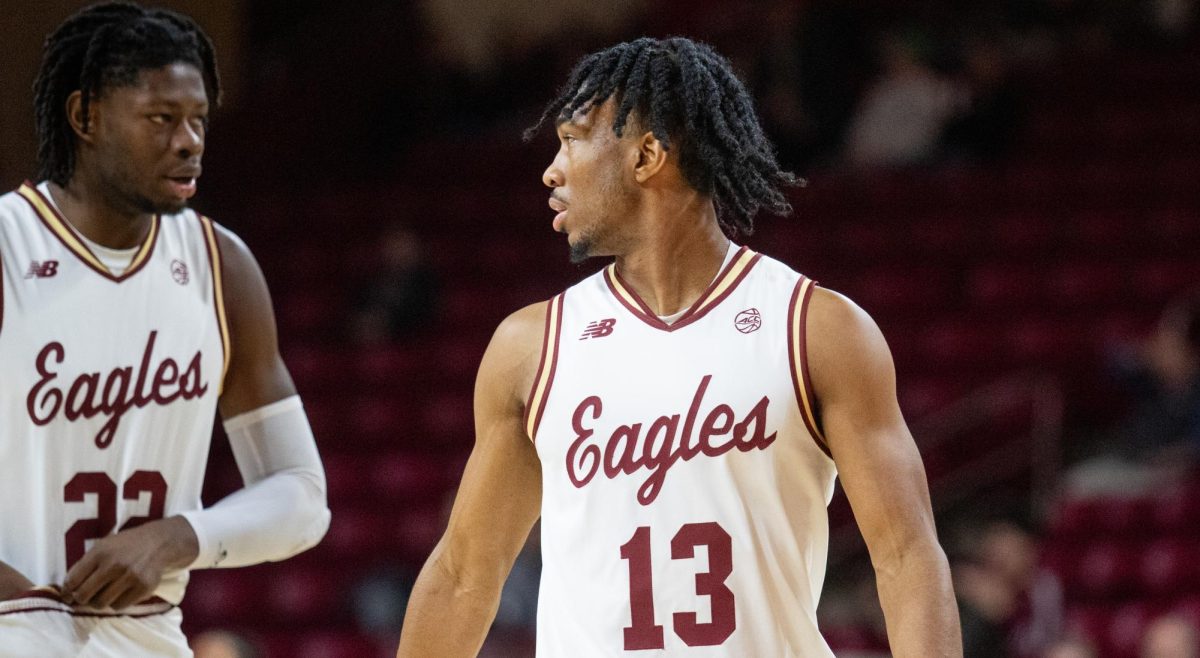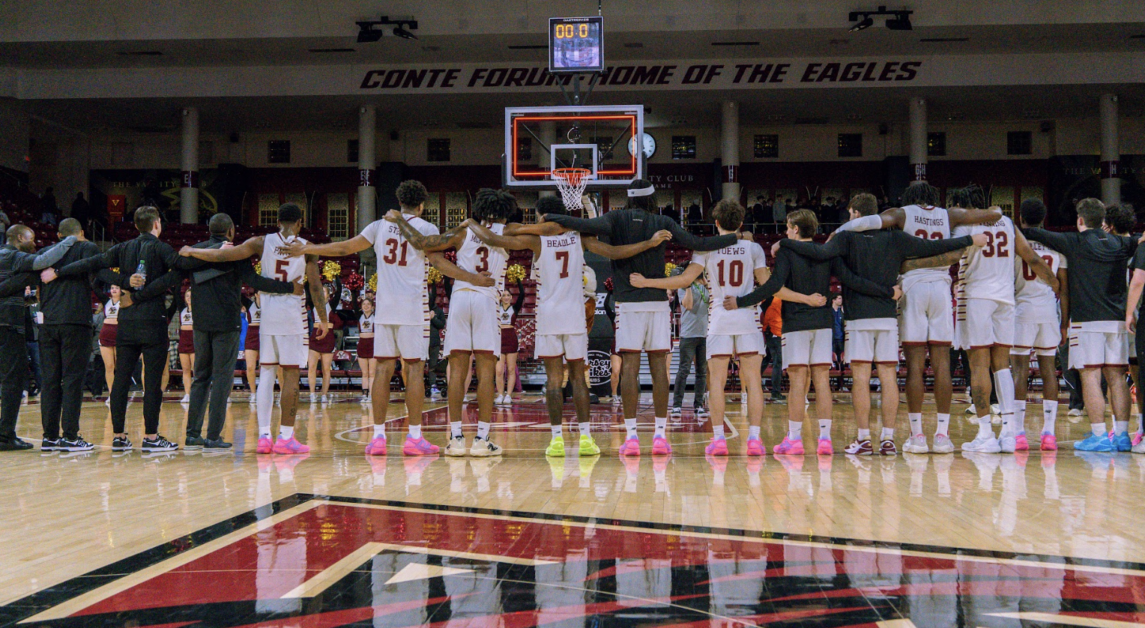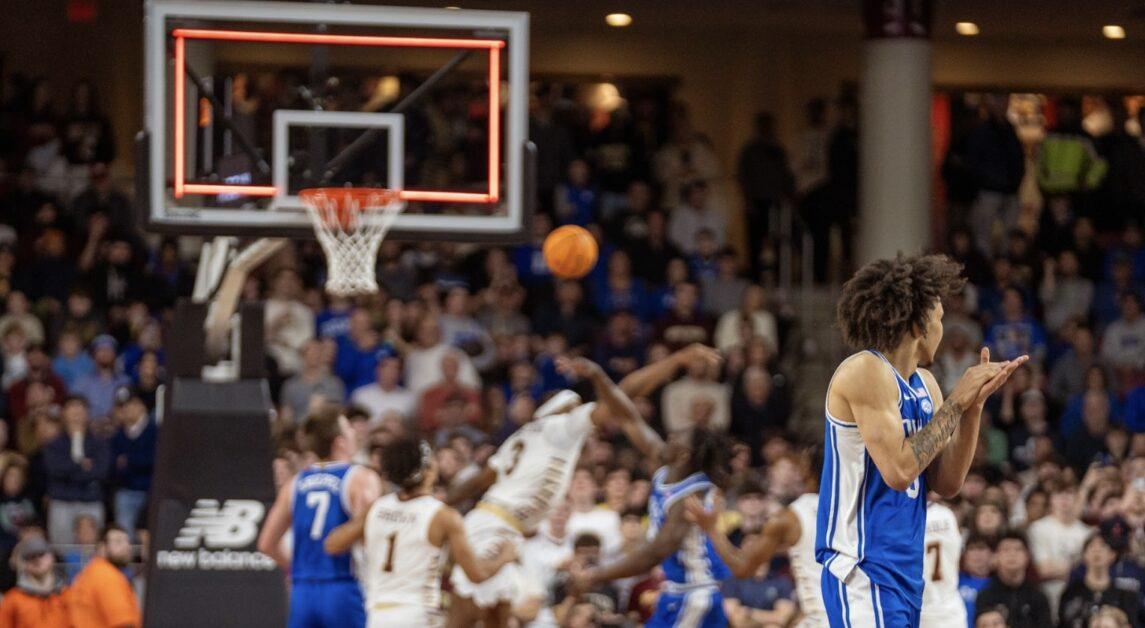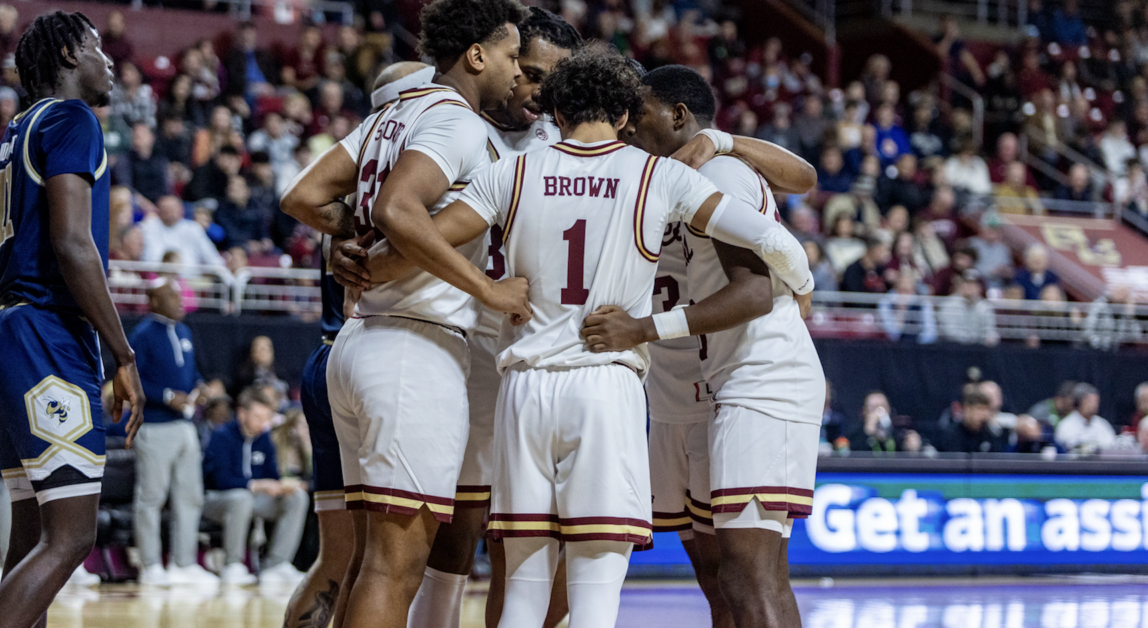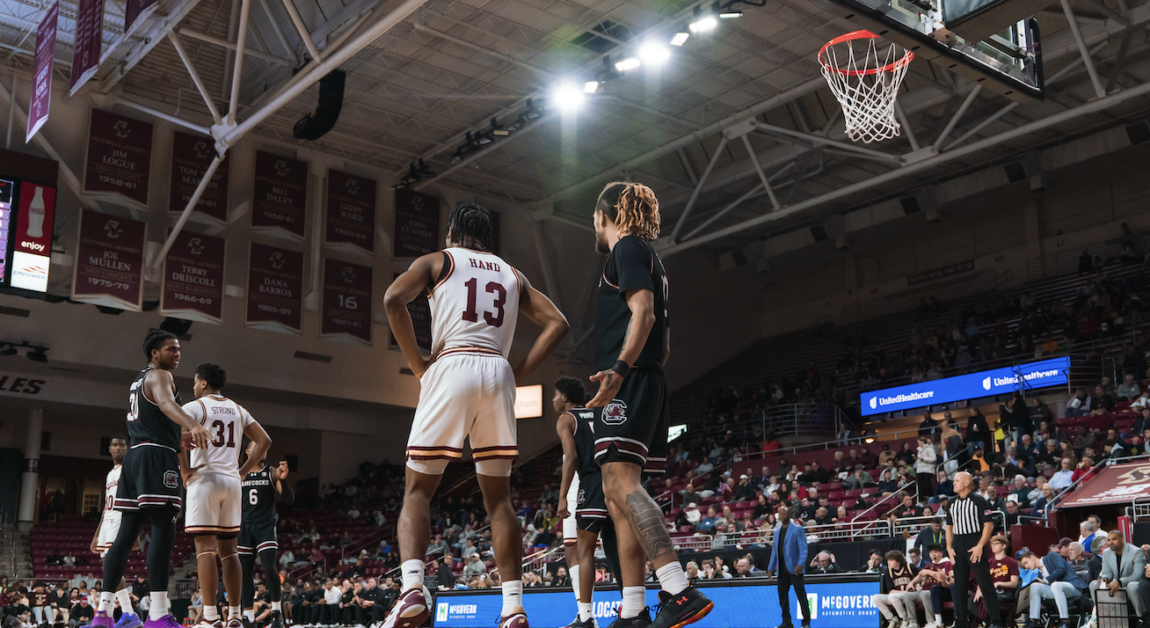Aside from a 5-year-old, a boatload of alumni, that guy who picks every upset, and the people who make their selections based on mascots—come on, who doesn’t love a good golden retriever—no one had University of Maryland, Baltimore County beating top-ranked Virginia in the first round of this year’s NCAA Men’s Basketball Tournament.
First and foremost, a No. 1 seed had never lost to a No. 16. The odds that UVA—the highest-rated team in the nation and top seed in the field of 68—would be the first to suffer that kind of defeat were incredibly low. In fact, entering Friday, one seeds were 135-0 against 16 seeds. Not only that, but the Cavaliers were battle tested. UVA, a school that statistician Ken Pomeroy deemed the most efficient defensive team in the country, rolled to a 31-2 record, including a 17-1 mark in ACC competition this season. Through its ACC Tournament victory, head coach Tony Bennett’s team had proven that its regular season performance was no fluke.
So when the Retrievers, 20-point underdogs and all, handed the Cavaliers a 20-point loss, everyone freaked out, myself included. It wasn’t like most upsets in March—the game didn’t go down to the wire, there was no buzzer beater or overtime finish. UMBC controlled the court from start to finish, shutting down UVA’s offense. Bennett said it best.
“We got thoroughly out-played—did not play well,” the ninth-year coach said, per SBNation. “We had a hard time with their mobile fours and their four guards. I don’t know what to say but that. That was a thorough butt-whipping.”
Everyone was shocked—partly because the David vs. Goliath matchup finally unfolded like the tale itself, but more so because UVA was the culprit.
A couple years back, FiveThirtyEight published a piece, explaining how the “hyphen schools,” first-round cannon folders, and satellite campuses were due to shock the world. By figuring out the No. 1 seeds’ odds of winning each of the then-124 matchups and multiplying their probabilities to calculate their cumulative odds of coming out on top every single time, the site determined just how unlucky 16 seeds are. After running the numbers, Nate Silver concluded that, mathematically, No. 16 seeds should have upset three titans.
Last week, FiveThirtyEight was back at it again—according to the site’s Elo ratings—a metric system that measures a team’s strength based on who it’s defeated and margin of victory—Pennsylvania was the best 16 seed of all-time. Given Kansas’ reputation as a choke artist in the March, there was reason to think that the Quakers had a shot to knock off Bill Self’s team. Even if the Jayhawks staved off the Ivy League foe there was still a good chance another 16 seed could make history—not because of talent, but because of who it was playing.
Xavier was tabbed as one of the weakest one seeds in recent history, and, coupled with Kansas, the two weighed down Villanova and UVA to the point where the group of one seeds was deemed the worst foursome since 2002, with a 6.5 ranking, per KenPom. The Musketeers were coming off a Big East Tournament loss to fifth-seeded Providence and had never played an NCAA Tournament game as a one seed before. Compared to Villanova, Kansas, and UVA, Xavier—Pomeroy’s lowest-rated one seed since Washington, back in 2005—was nothing more than an afterthought.
The fact that the Musketeers cruised past Texas Southern, and the Cavaliers couldn’t buy a basket against the University of Maryland’s satellite school was mind-boggling. After all, UVA was the best of the ACC, a conference that’s often regarded as the toughest league in the country.
But is it really?

For the second year in a row, the ACC sent nine teams, more than any other conference in the nation, to the Big Dance. Once again, the league has failed to live up to its expectations. Last year, the ACC posted an 11-8 tournament record, an above-average mark, at least at face value. When you look a little closer, however, the perception changes. Without North Carolina’s National Championship run—an added six wins—the conference’s tournament record plummets to 5-8. Of the nine ACC teams that reserved a spot in the field of 68, eight were bounced on the first weekend, five of which were five seeds or higher.
The teams haven’t fared much better this time around. Four of the nine ACC representatives—three of which were higher seeds than their opponents—were ousted in the first round of play. UVA’s unprecedented collapse steals the spotlight, but sixth-seeded Miami dropped its opening game to Sweet Sixteen-bound Loyola Chicago, despite leading for all but one minute of the second half. And don’t forget Virginia Tech, that, because of foul trouble and a dry spell in the final minutes of regulation, fell to a 19-win Alabama team that was firmly positioned on the bubble two weeks ago.
To make matters worse, second-seeded UNC was shredded by seventh-seeded Texas A&M on Sunday, suffering a 21-point blowout—the Tar Heels’ worst loss of the season—practically in its own backyard. Prior to the start of the game, head coach Roy Williams’ team was an unblemished 12-0 when playing NCAA Tournament games in Charlotte, N.C. Now, the ACC is responsible for two of the four No. 1 or No. 2 seeds that failed to make it to the Sweet Sixteen this year.
Yes, 11th-seeded Syracuse knocked off third-seeded Michigan State hours earlier, but we’re all too familiar with head coach Jim Boeheim’s resume—when the calendar turns to March, he’s better than just about anyone else to have ever held a clipboard. Fifth-seeded Clemson also advanced to the third round of play, embarrassing fourth-seeded Auburn. But the 31-point massacre is more attributable to a reeling Auburn—a team that finished the season 2-4 and barely escaped its tournament opener—than the quality of the ACC itself. And as impressive as ninth-seeded Florida State’s night-capping upset over Xavier was, it’s important to remember that Pomeroy ranked the Musketeers closer to a No. 4 seed, rather than a No. 1, prior to the start of the tournament and even rated two teams seeded No. 4 or worse ahead of the Big East representative.
There’s something to be said about the Justin Jackson-led UNC team that rattled off six-consecutive victories en route to last season’s national title. I wouldn’t even be surprised if Duke ends up hoisting the trophy in early April—actually, before all this madness started, I picked the Blue Devils to win it all. The conference’s heavyweights and storied programs are just as talented, if not more so than the rest of the field. But, quite frankly, as a whole, it’s been overrated the past couple of years.
When all was said and done, the ACC’s 2017-18 average non-conference strength of schedule clocked out at 230th in the nation—the second-lowest mark among the Power Five. A third of the league’s teams’ non-conference schedules were ranked 300th or worse. To put that in perspective, the Big Ten was the only other conference that came close to matching that total, and it only had four teams inside that category.

The fact of the matter is we really don’t know how good these teams are until they step foot in their respective regions for the NCAA Tournament. Most of them play a couple meaningful games, if any, the first few months of the season, and then they kick off their 18-game pseudo round-robin. Once you reach February, you’ll see your fair share of transitive victory wheels, showcasing the apparent strength of the conference. This season alone, the bottom four teams in the league, with the exception of winless Pittsburgh, defeated an ACC opponent that at one point this season was ranked inside the top 25. Just as the parity can be used to argue on behalf of the conference’s balance, it can also be used to support its supposed vulnerability.
It’s obvious that the Selection Committee buys into the mantra of the ACC. Of late, the conference has swallowed up more than a quarter of the at-large bids in the tournament. Even though it only won 20 games in the regular season while losing to the likes of Wake Forest and Georgia Tech in conference play, Syracuse weaseled its way into the field. If not for the Orange, 19-win Notre Dame or 20-win Louisville would be all but guaranteed a spot in the tournament. Meanwhile, teams like Saint Mary’s, Southern California—the Pac-12 runner ups—and Middle Tennessee—a Conference U.S.A. representative with 16 league victories and a top-35 RPI—were snubbed.
It’s not even as if Notre Dame and Louisville have made noise in the NIT. Although the schools entered the second-tier tournament with two of the top seeds in the bracket, only one has impressed. After advancing to the second round of play, the Fighting Irish—the No. 1 overall seed in the entire tournament—fell to fourth-seeded Penn State. Louisville, on the hand, topped Middle Tennessee on Sunday night. That said, all NIT victories are relative—Georgia Tech followed up last year’s championship appearance with a 13-19 campaign, despite retaining all three of its leading scorers.
Whether or not you believe in stats, Pomeroy’s rankings are telling. The ACC only has four teams inside the top 30, three more than the Pac-12, but one less than the SEC, Big Ten, and the Big East, the forgotten conference in today’s college basketball.

As far as the ACC is concerned, it’s possible that overseeding can be traced back to the attention that surrounds the conference. With 15 high-profile schools, there are bound to be stars, both on the sidelines and on the floor. Mike Krzyzewski (Duke), Roy Williams (UNC), and Jim Boeheim (Syracuse) are three of the 15 all-time winningest coaches to ever suit up. That kind of resume pulls in a frenzy of talent, and it’s only natural for other heralded recruits to want to play against those marquee teams and pro prospects. As a result, the conference is decked out in ESPN 100 and McDonald’s All-American recruits, guys who have the letters N, B, and A in the back of their minds even before they arrive on campus.
Six of the top-15 players selected in last year’s draft were from ACC schools—no other conference had more than three. Each of the past four seasons, someone from the ACC has been drafted somewhere in the top three. As the draft approaches, the excitement concerning the conference’s pro prospects skyrockets. There’s nothing better than watching guys that could be wearing your favorite NBA team’s uniform in the coming months light up the scoreboard in March—that has to cross the Selection Committee’s mind.
Undoubtedly, it’s even more intriguing when you have one-and-dones in the tournament. Not only is their team’s season on the line, but, in reality, so is their college career. Without a doubt, the drama makes for good television. Conveniently, the ACC has had at least one one-and-done picked in the NBA lottery in each of the last eight years. Granted, Duke—which has reluctantly adopted the one-and-done mentality—and the league’s other powerhouses account for the majority of these selections, but the whole conference reaps the benefits due to the fact that they all face off against the conference’s most talented teams.
The national television networks salivate at the thought of airing games with the NBA’s up and coming stars on the court. Yet, interestingly enough, a 2016 Forbes study that calculated college conference’s variability based on the three biggest revenue streams—football playoff and bowl payouts, NCAA basketball tournament prize money, and media rights deals—determined that the ACC is, or at least was, dead last in the Power Five in terms of average revenue per school. Still, when you delve into the basketball specific numbers, it’s easy to see why the ACC gets so much love.

According to Forbes, the conference has three of the top-five most valuable basketball programs in the country—Louisville, UNC, and Duke, all programs that have won multiple national titles. Individually, those programs haul in a ton of viewers on a game-to-game basis. An ESPN Media Zone article that was released a couple weeks ago stated that Louisville, Ky. is the top market in college hoops for the 16th-consecutive year with a 4.2 local rating. Just two spots behind is Raleigh-Durham, N.C. Just think about the Duke-UNC game, debatably the greatest rivalry matchup in college sports (the Lehigh-Lafayette football series has them beat in my opinion). On March 3, the two North Carolina schools took the court, drawing 3,369,000 viewers—the most across all cable and broadcast networks this season—for the teams’ series finale.
For one thing, the NCAA knows that these schools are moneymakers. People will push aside work and even family activities just to see them play. It’s hardly a coincidence that they’re on opposite sides of the bracket. Most ACC teams have the same effect. With national audiences, the 15 teams are often fan favorites. Win or lose, their mere appearance in the tournament is good for the NCAA—not necessarily for the integrity of the game.
Don’t get me wrong, the ACC holds a special place in my heart. It’s home to some of the most entertaining basketball in the country with a host of guys who are slated to defend the Demar Derozans, Kawhi Leonards, and Joel Embiids of the NBA. But that doesn’t mean that it’s the best conference, or even the toughest, in the country, year in and year out—it certainly isn’t this season.
Featured Image by Chuck Burton / AP Photo
Photo by Gerry Broome / AP Photo


